Founded by food technologist Mrinali Kumar and vegan chef Jenni Matheson, NZ-based start-up EatKinda crafts its creamy plant-based ice cream from cauliflower by using cosmetically imperfect vegetables that would otherwise go to waste.
Mrinali and Jenni sat down with Future Alternative to discuss the origin story behind their unique product and how their ice cream is even attracting dairy-loyal customers.
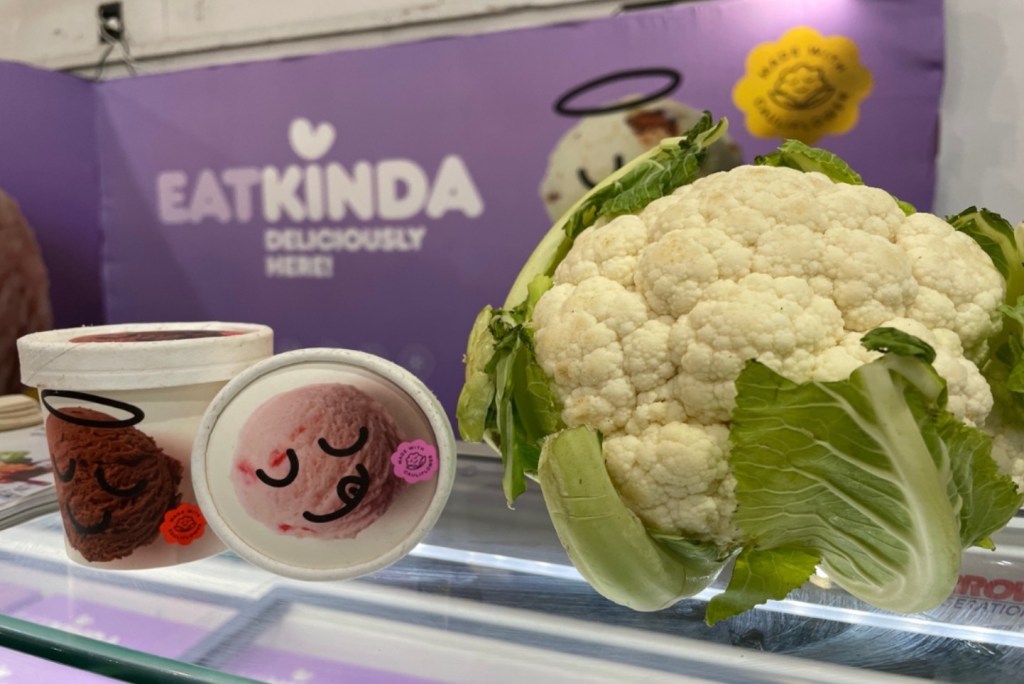
Mrinali, what first got you interested in food technology?
Mrinali: I come from quite a foodie family. My dad’s a chef and so I grew up in a restaurant, literally. I saw food and entrepreneurship quite closely and actually wanted to be a baker when I was in high school, but then a food technology teacher approached me and said I should do food tech. And so I did, and I liked it because it was a good mix of science and creativity. Then I pursued it at university and really enjoyed it.
However, part of me always wanted to also be involved in the entrepreneurial side of it. I think in New Zealand we’re quite limited, especially at the university I was studying at where the majority of the time, the pathway from studying food technology is in the ag and dairy industries. So when the EatKinda opportunity came around, I thought, ‘This is quite innovative. It’s something different and aligns more with my values. Why not give it a crack?’.
How did you both come together to form EatKinda?
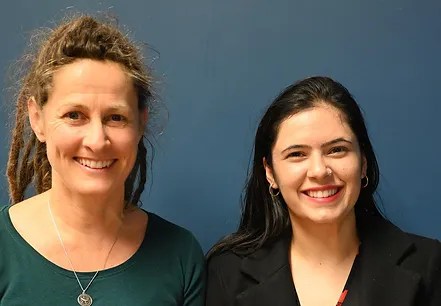
Jenni: There was a start-up weekend in Taranaki that I got invited to, and I didn’t really have any understanding of what a startup weekend was. But the people that invited me were nice and I just thought I’d be polite and also push myself a little bit. The kids were reaching an age where they didn’t need me anymore, so I was looking for new things.
And then I decided to pitch my cauliflower ice cream idea just to once again push myself out of my comfort zone and speak in public. Mrinali had just finished her food tech degree, and my idea was the only food idea that was pitched. So she came and joined my team and dragged a lot of other people in. And we worked really well together for the whole weekend.
Mrinali: Normally, it’s tech people that go to start-up weekends, but anyone can go – you can either pitch an idea or you could just join another idea. You’ve got 54 hours to define the problem, find a solution, do market research to back it up, create a pitch deck, and then present it to judges. And I think it was a five or ten minute pitch, and we placed in that competition within that 54 hours. Jenni had also created some samples in the kitchen, which blew everyone’s minds away. And so that’s when I thought, ‘This is actually really cool’.
Back then, the ice cream category still didn’t have many sorts of dairy free vegan options, primarily just coconut-based. So we saw this opportunity with the vegan / flexitarian trends and dairy allergies growing, that actually there is room for an innovative product that doesn’t taste like coconut. There was literally nothing. And that’s what influenced us to take it forward.
We actually applied for an accelerator program in the local Taranaki community. From which we got around $2,000 dollars and some mentors. That is what helped us start off. And then it just went from strength to strength. But alongside that, I started my Masters and that’s when I got a lot of support from my lecturers. And that’s how we were able to sort of scale up and make a product.
What you make in the kitchen is very different from what things are like when they’re scaled up for mass production. And so that was a critical piece, translating [the ice cream] into a product that would work and be profitable with good margins. That’s where Massey University also came in. And we were able to get that technical support around us to be able to develop a product that was feasible.
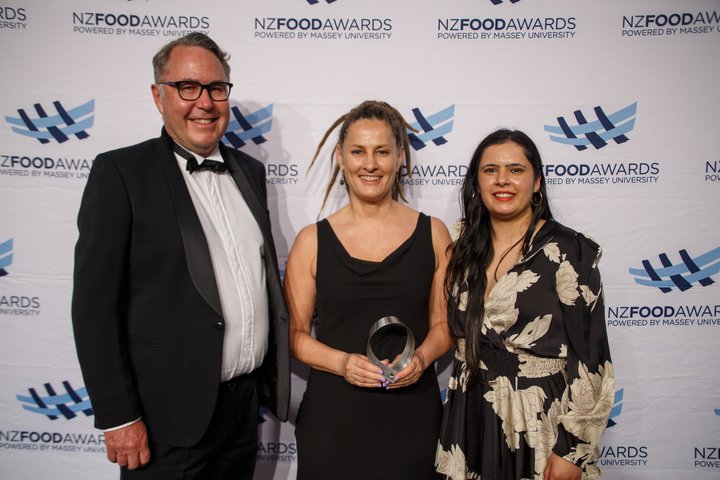
How did the product change when you two started working together?
Jenni: We wanted to make the most environmentally sustainable ice cream on the market and more New Zealand made. My original recipe had cashews in it so we didn’t want to put those in.
Mrinali: When you’re making a benchtop formulation, there’s no ice cream machine. So it’s a harder, denser product. Because of the formulation, [vegan ice cream producers] struggle to get air into the ice cream, which is why they lack creaminess compared to your usual dairy offering.
Because of our formulation and our processes, our ice cream actually has a decent amount of overrun, which is why it’s creamier. And people like the taste and texture of it. So those were some of the differences.
But it was also about being able to develop a formulation process that is compatible with the majority of dairy ice cream facilities, because that’s what we’ve got available in New Zealand. So I think that was the challenge. But that was still a really good product and we still have a really good product now. They’re just a bit different.
Jenni: [The original product] actually started with pumpkins. One year we got about 80 or 90 pumpkins out of the compost. They just grew naturally. And I challenged myself to make all these different recipes that I could think of.
One of them was pumpkin ice cream and it turned out really nice. And so I thought, ‘Well, what else can I make ice cream out of?’ And I tried different vegetables and one of them was cauliflower. And it just evolved over a couple of years and turned into the family favorite.
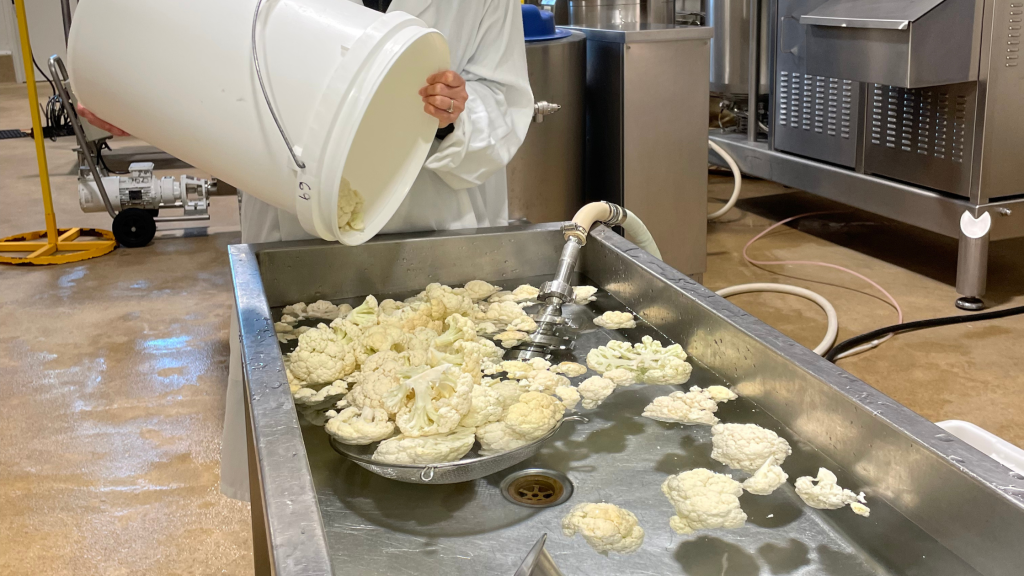
New Zealand is kind of the dairy center of the world. In such a dairy-centric country, how do you as a plant-based ice cream position EatKinda?
[Mrinali]: We are a dairy country, but we also grow delicious cauliflowers. We’re not using dairy, but we’re adding value to a horticulture product. We are a very horticulture-centric country as well, and I think that storyline resonates with people. Also, there’s the fact that we’re using cosmetically imperfect cauliflower that would go to waste.
I think in terms of consumers, it’s not been that tricky. Obviously, there’s the person that says, ‘We’re not going to buy this because we like our dairy’. And that’s fine. But when they try our product, they are sometimes converted. And that’s the best feeling, when people try it and they actually love what we’re doing and follow on with buying the product.
And a lot more people are aware of being lactose intolerant as well. They become aware that there’s a lot more out there than they originally thought. So we get a lot of people that are very happy to have an ice cream experience where they don’t have that coconut, almond, or oat aftertaste.
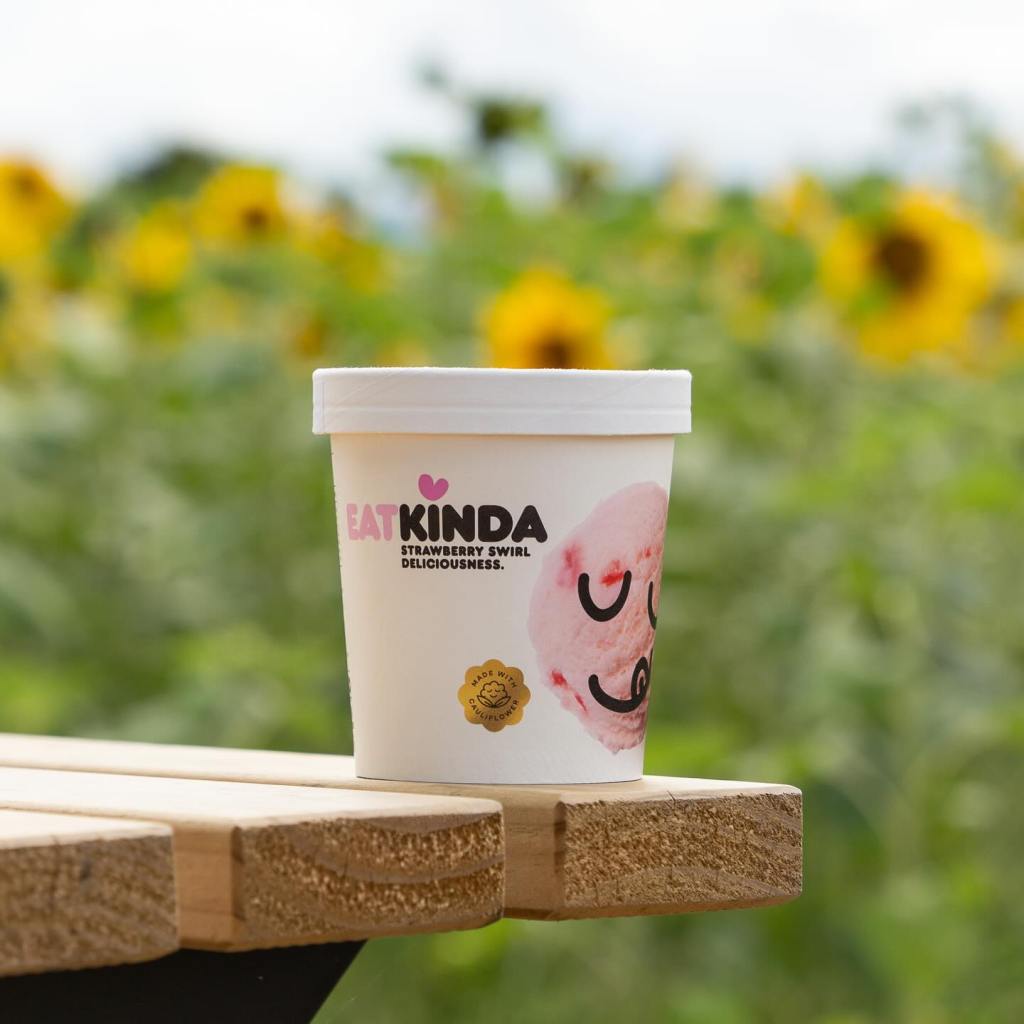
Additionally, the data shows that the number of flexitarians is growing in Australasia. So that consumer group is willing to try new and different things. Something that consumers are really liking is that our product is packaged in the first home compostable packaging in Australasia. We’re the first company in the ice cream category to do that.
I think some people just love that we’re trying to take a more sustainable approach in the way we do business. It just blows their mind. They can’t understand that they’re eating cauliflower, but it’s actually this creamy dessert.
It’s quite funny, though, because a lot of people eat it and say, ‘Oh, that’s cool. It’s got cauliflower,’ but they still think it’s got dairy in it. It makes me really happy because a while ago, I don’t think people would have been as accepting of [our product], but people are enjoying it and finding it fun.
Congratulations on the investment from Better Bite Ventures. How have you been using the funds thus far?
[Mrinali]: That round was raised for the New Zealand launch and everything that involves. We are using New Zealand as a test market to validate our product, validate our consumer, understand our supply chain, all of that.
The investments really helped us. A decent amount has been used on that scale up piece and getting it into Woolworths Countdown stores in New Zealand.
Speaking of that, where are EatKinda products currently retailing in New Zealand, and are you looking to expand overseas?
[Mrinali]: In New Zealand, we’ve launched in 91 Countdown stores and 78 HELL Pizza stores, which is a premium pizza chain. And we have early traction in a few [overseas] markets, including Australia, where we’ve gotten a lot of people wanting the product. Our TikTok has gone viral and a lot of Aussies are asking us to bring EatKinda to Australia. So we’re looking into that and also have early traction in the States.
We are strongly considering Australia as our next export market and would love to find really good partners, whether that be for cauliflowers or manufacturing or anything. We also have a sign up on our website, so if you’re a consumer and you love the sound of cauliflower ice cream, sign up and you’ll be the first to know when we’re launching.
To stay up-to-date on the latest industry headlines, sign up to Future Alternative’s enewsletter.
Posted on:


